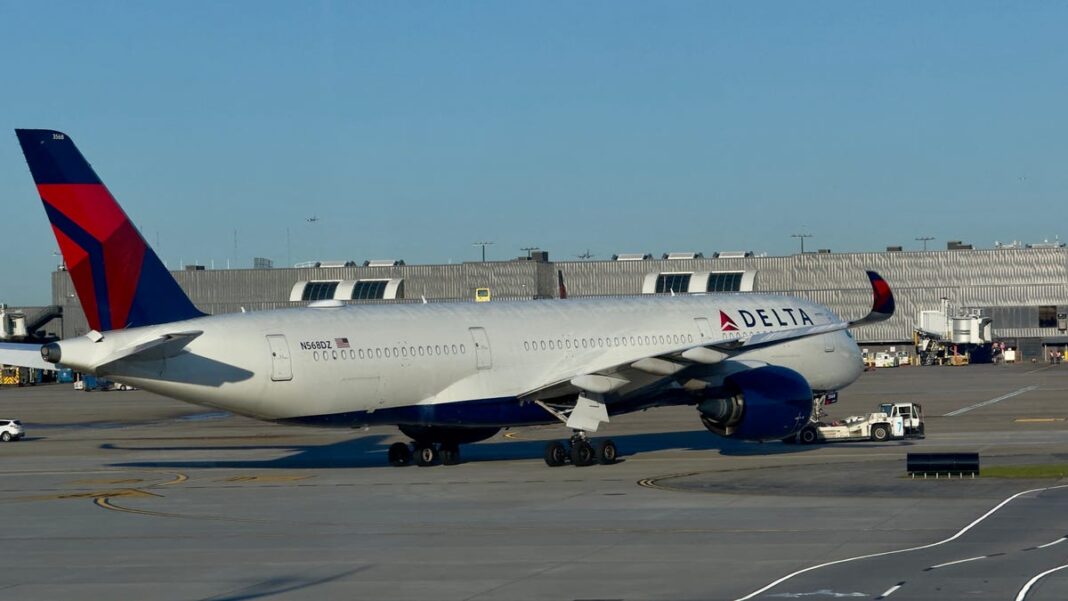Airlines Tighten Seat Refund Rules for Plus-Sized Travelers
Recent changes in airline policies have sparked discussions on how they affect plus-sized travelers. As airlines tighten refund rules, many are questioning the implications this has for passengers seeking comfort and fairness during their journeys.
The New Rules
It seems that airlines are adopting stricter seat refund policies, particularly targeting plus-sized travelers. This move comes in response to ongoing debates about space and comfort on flights. The new regulations have raised concerns for many who face challenges when traveling in standard seating arrangements.
For individuals requiring additional space, the ability to easily modify or receive refunds for seat changes has become increasingly complex. Airlines argue that these measures help manage ticket pricing and availability, but many view it as an added burden for passengers who already face discomfort.
Implications for Plus-Sized Travelers
The tightening of refund policies could lead to higher costs for passengers who may need to book more expensive tickets for comfort. Additionally, passengers accustomed to flexible travel arrangements may find themselves at a disadvantage, facing financial penalties for changes that arise due to personal needs.
Airlines have a responsibility to ensure that all passengers can travel without undue stress. By enforcing strict refund policies, they run the risk of alienating a significant segment of their customer base.
Turbulence on Flights
Though the discussion primarily revolves around seating arrangements, turbulence is another critical aspect of flying that continues to affect all travelers. Just recently, Delta Air Lines reported turbulence-related injuries on a flight from Quito, Ecuador, to Atlanta.
The flight, which departed late at night on September 14, was subjected to moderate turbulence that led to injuries for three flight attendants. Fortunately, they managed to complete their duties throughout the remainder of the journey, and no passenger injuries were reported upon landing in Atlanta.
Is Turbulence Getting Worse?
Experts are raising alarms about the increasing frequency and severity of turbulence on flights. Research indicates that severe clear air turbulence is becoming more prevalent; it’s reported to be 41% more common today than it was in 1979. Paul Williams, a professor of atmospheric science, has studied this phenomena and suggests that factors like climate change contribute to these growing turbulence patterns.
This past summer, Delta also faced challenges on another flight from Salt Lake City to Amsterdam, where severe turbulence caused conditions that led to a diversion and numerous passenger injuries. Incidents like these highlight the importance of keeping seatbelts fastened, as unexpected turbulence can pose serious risks.
The Role of Passenger Safety
As both seating configurations and turbulence become pressing concerns for airlines and travelers alike, discussions surrounding passenger safety are paramount. While airlines aim to maximize profits, they must also recognize the necessity of ensuring a safe and comfortable travel experience.
The recent challenges for plus-sized travelers, in conjunction with the rising turbulence incidents, illustrate an urgent need for airlines to adopt more inclusive practices. Educating passengers about safety protocols and providing ample space for comfort may prove to be essential strategies moving forward.
Final Thoughts
As changes in airline policies evolve, the impact on plus-sized travelers and overall safety will remain crucial points of discussion. The intersection of economic considerations and traveler comfort continues to shape the future of air travel, affecting not just individual experiences but the industry as a whole.
The journey through the skies may be fraught with challenges, but ensuring safety and comfort should always take precedence.



